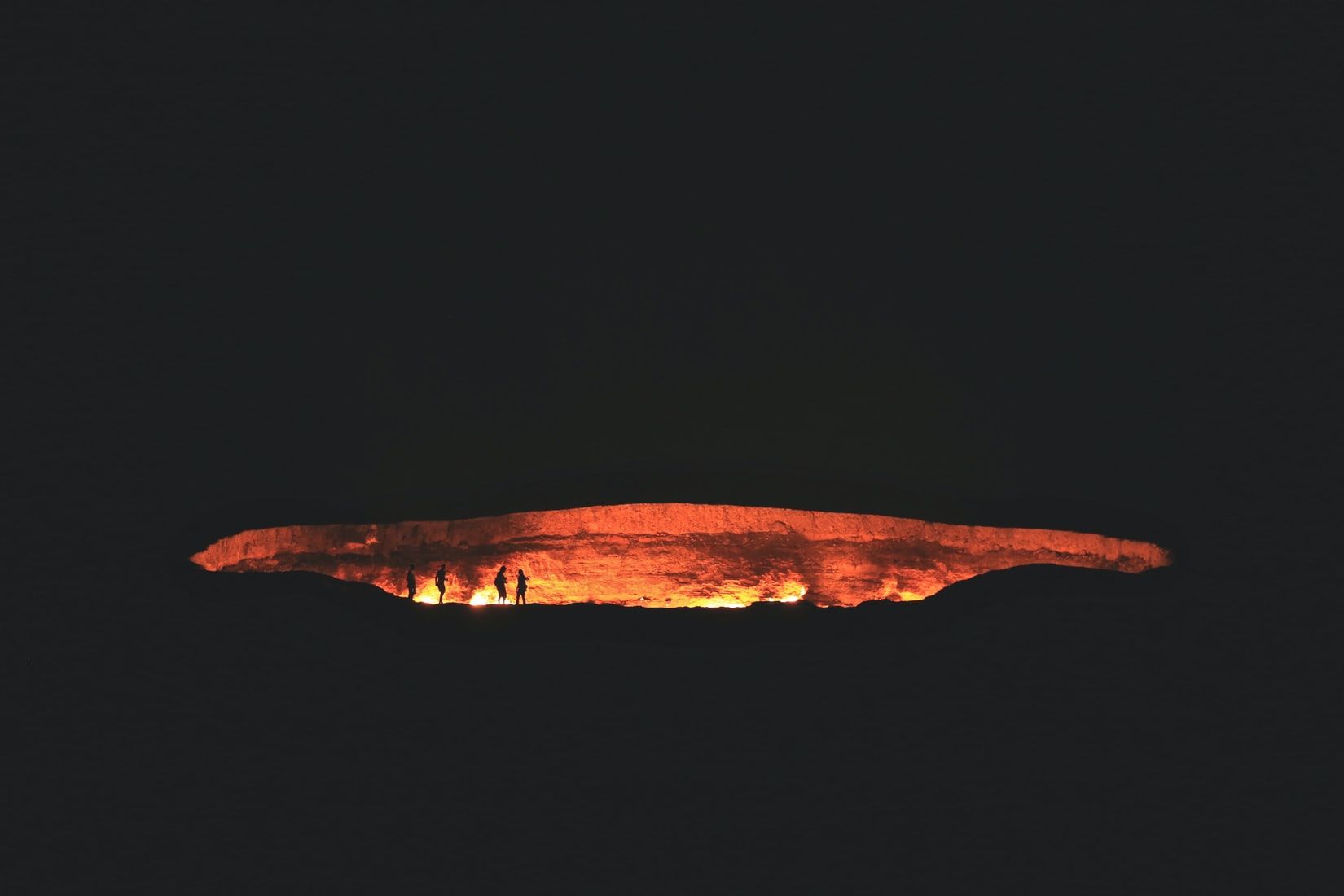Hell Is A Trash Fire
The nightmares are all in our mind.

Why is Hell hot?
Because it is, right?
Vivid depictions from scripture to cinema confirm it.
It's a burning landscape, a lake of fire: a place famously unlikely to freeze.
The world's most popular religions agree: Hell is hawt.
In Christianity, Hell is burning, weeping, wailing.
In Islam, skin is renewed as it's burned off, so the suffering never ends.
It's grim. But wasn't always this way.
-
I assumed Hell gained its status because fire is terrifying.
But early cultures didn't see fire as purely destructive.
They knew it could be a source of life and rebirth; some even worshipped it.
It had a mythic quality, its mercurial nature inspiring trickster characters like Loki.
Many early depictions of the afterlife were simply - boring.
The Sumerians imagined a dark, dusty cavern.
Native American tribes predicted a straight continuation of this one.
When Virgil depicts the underworld in The Aeneid, one of the seminal depictions in Western literature, it's gloomy and depressing, but not on fire per se.
The flames came later.
Dante dialled them up: his visions of fiery punishment were so vivid they changed the meaning of Inferno, from simply 'beneath', to, well - Hell as we know it.
In Paradise Lost, Milton didn't spare the smoke, and John Martin - the Victorian Michael Bay - depicted glorious, glowing landscapes of destruction:

And of course there was Bosch and his gleefully phantasmagoric images of naked torment; countless demonic CGI flames in Hollywood; iD with Doom's red-hot demons.
It's all fire and brimstone now.
-
Of the Abrahamic faiths, of course, there's an outlier.
The Jewish belief in Sheol.
A place of darkness. Absence. No fire.
Hell, it turns out, was only lit in the New Testament.
It was inspired by Gehenna - a real place, a valley in Jerusalem that served as a helpful metaphor. (In Arabic, Jahannam is simply the word for Hell).
Gehenna was unfavoured land, home of child sacrifice and where bodies and refuse were habitually burned.
It makes sense. A foul stinking place, with murky historical associations, placed at the city's edge. That's where you'll end up if you're wrong.
Give that brief to the pious, kids, priests and artists and they'll magic up our greatest fears.
Ancient cultures didn't see the afterlife as punitive; they didn't need to.
Their ancestral fear was alienation: from the presence of life, our loved ones, our community.
So to inspire faith, religions hyped it up a little.
In this case that meant scaring the shit out of people.
If a flower is a weed with a marketing budget, maybe it's the same with eternal damnation.
Burning rubbish, seen with imagination.
Hell is a trash fire.
